Natural Structures – Diatom and Shells
Ever since the building of the Pantheon, double curved structures have been a continuous subject of study in structural engineering.
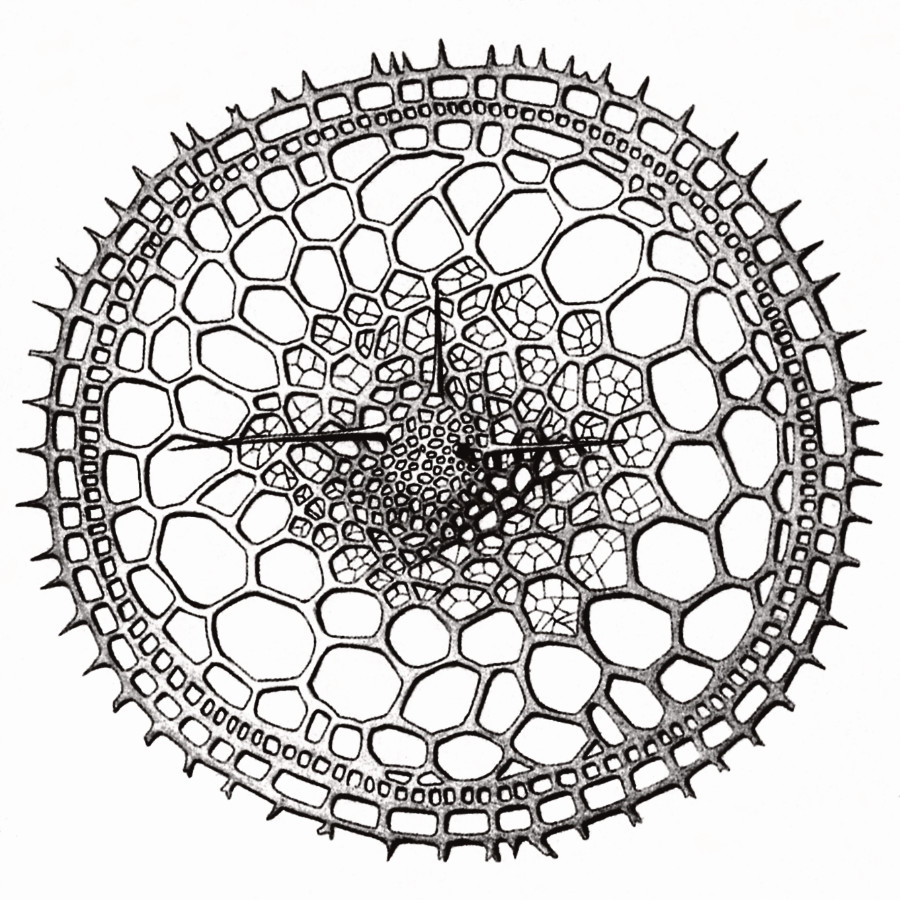
SHELL SHAPE AND TOPOLOGY
Our natural role models range from diatoms to mussels – scaling their principles up to wide-span enclosures shows us ways to design and construct them.
The species of diatoms have been keeping biologists and engineers busy for a long time. Until today, there exists an evolutionary competition between the stronger crab and the corresponding shell …
Ernst Haeckel is one of the pioneers to demonstrate the amazing variety of shapes in microcosmic structures – with descriptive variations of structural shapes depending on the overall geometry as well as on the loading conditions of a structure.
The division into „Centrales“ with radial geometries and „Pennales“ with bilaterally symmetric shapes leads to an overall classification of diatom geometries.
When carrying out studies of structural optimization, these geometrical influences have to be taken into account – as it can be seen from a comparative optimization study of a circular geometry compared to an elongated geometry.
The „design proposals“ produced by the optimization algorithm refer directly to the loading and geometrical conditions of the design project. This can be developed into the design of shell structures with varying global geometries.
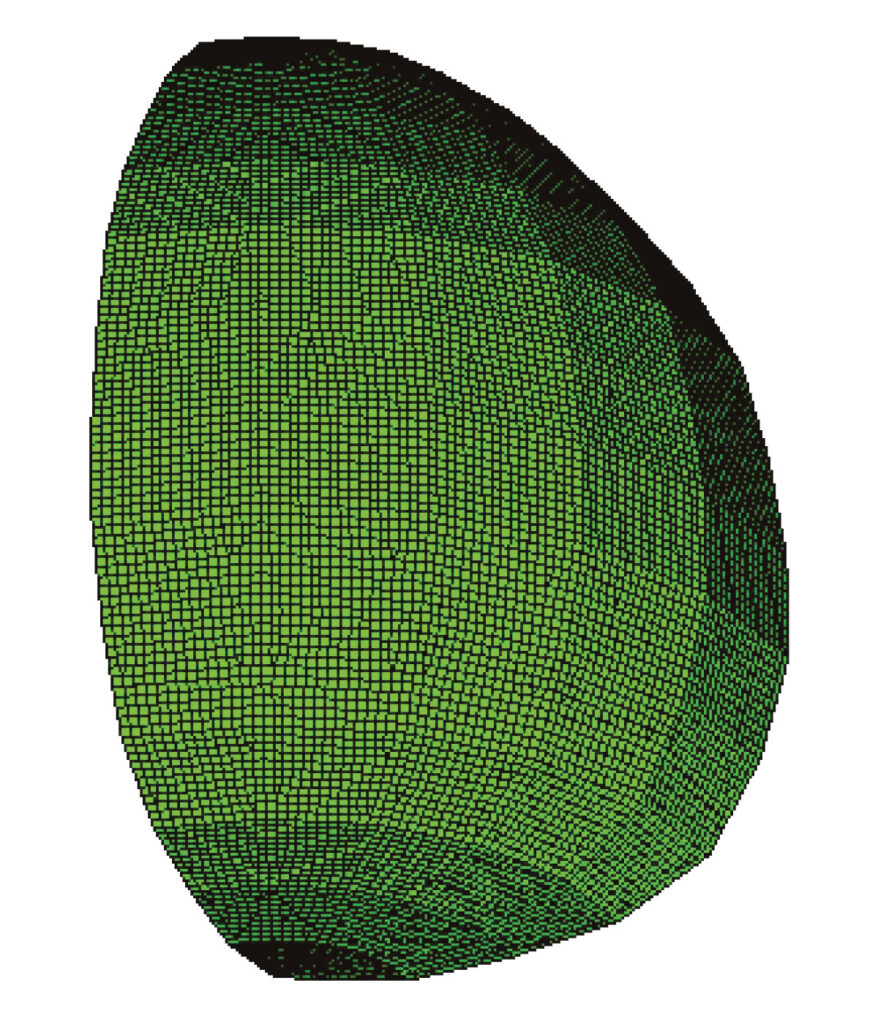
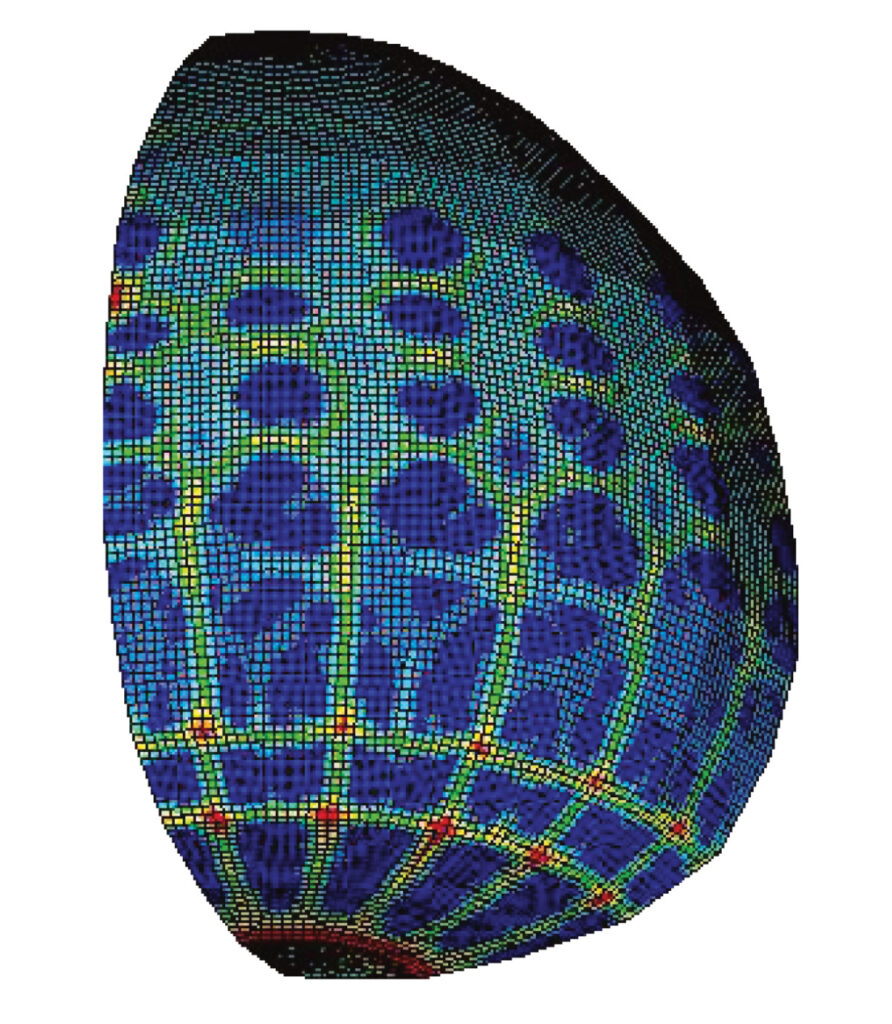
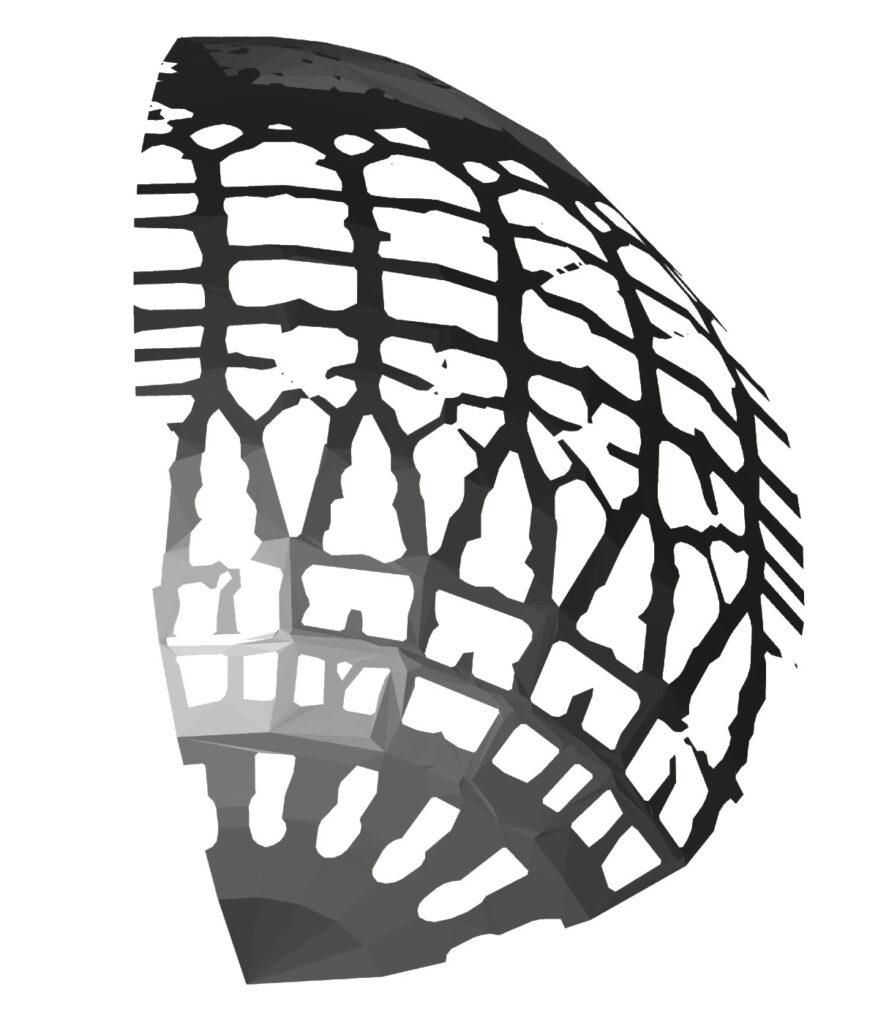
This study shows the results of a study of an underwater structure inspired by the sea urchin. One quarter of a shell has been modeled. The distribution of material densities is shown in the optimization results: blue (no material), green (medium density material) and red (high density material).
The „design proposal“ is to be interpreted. As a design interpretation, this can be derived into a structural system for an underwater habitat.
Shells under Pressure – Shape and Performance
The bone structure of sea urchins confronts us with several structural questions. On the one hand, the sea urchin can be classified as an echinoderm – which segments into a whole diversity of shapes. Furthermore, there are several species with different geometries that depend on the configuration of spikes, which are partially movable, therefore influencing the reinforcement of the bone structure.
The overall geometry of the sea urchin shell is therefore derived from the inner pressure, the outer pressure and from the support conditions given by the spike footings.
Frei Otto formulated the description of the sea urchin as a pneumatic structure – taking into account loading conditions from outside as well as from inside, and especially considering single point supports.
Shape studies of sea urchins can therefore consider a wide range of structural systems. In the study carried out here, a given shell topology was subject to outer pressure and optimized with a given material range. The optimization procedure results in an optimized grid shell geometry, following the global shell geometry and developing a local grid shell layout correspondingly. The design proposal could be developed into the design of an underwater shell – serving for example as an observatory in the deep sea.
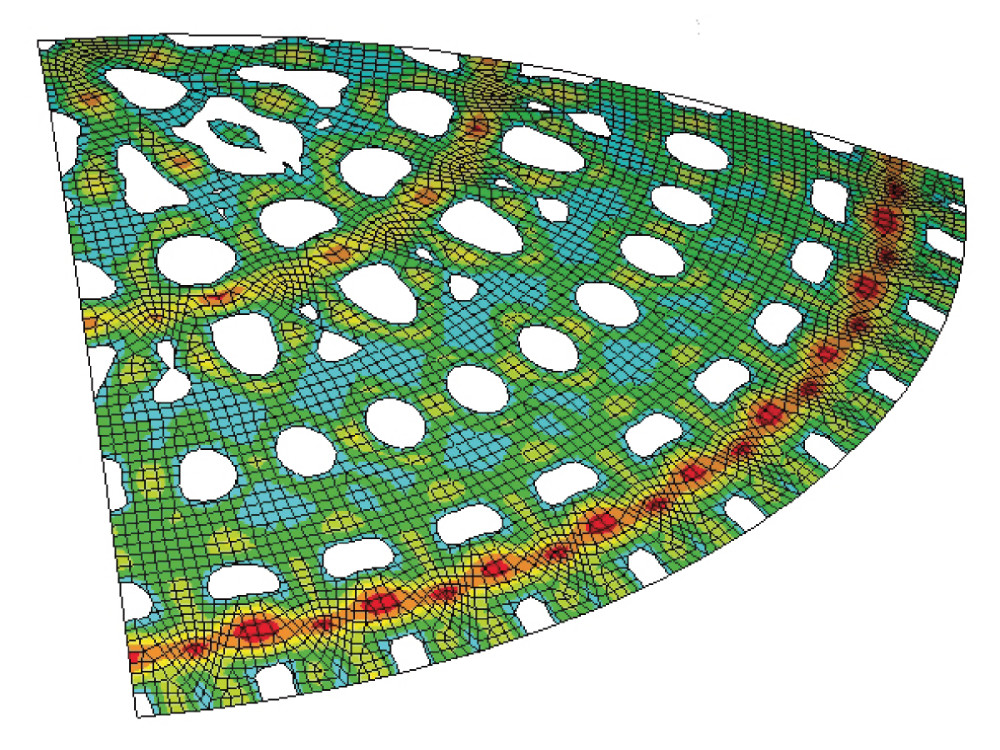
Topology optimization of a circular shell structure with highly discrete to very dense point supports. The geometry of the gridshell resembles the shape of diatoms, a major group of microscopic algae, documented by Ernst Haeckel (1834-1919) in the late nineteenth century.
»The overall geometry
of the sea urchin shell is therefore derived from pressure«
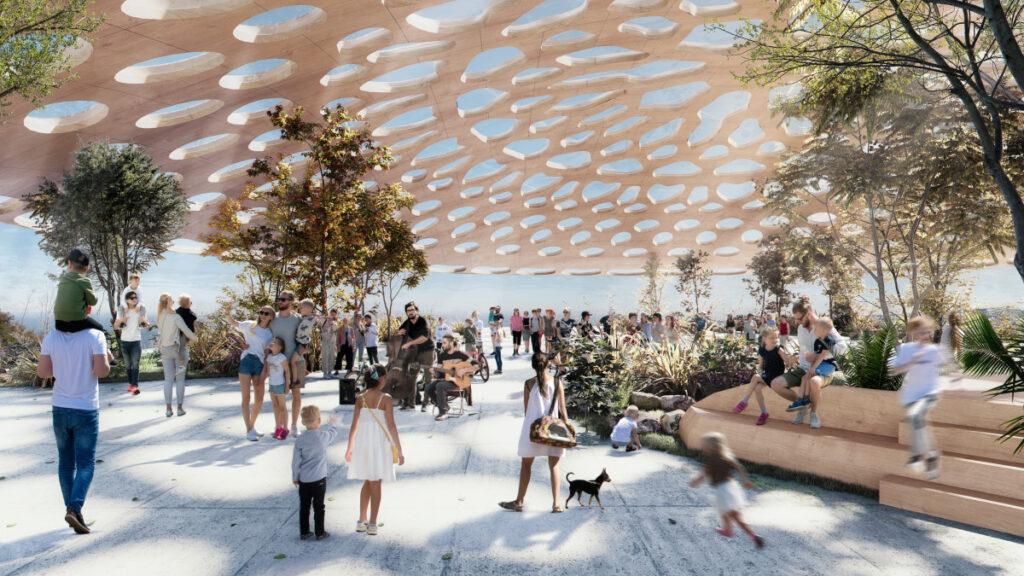
Interior view of a point- supported roof based on the homogenization method